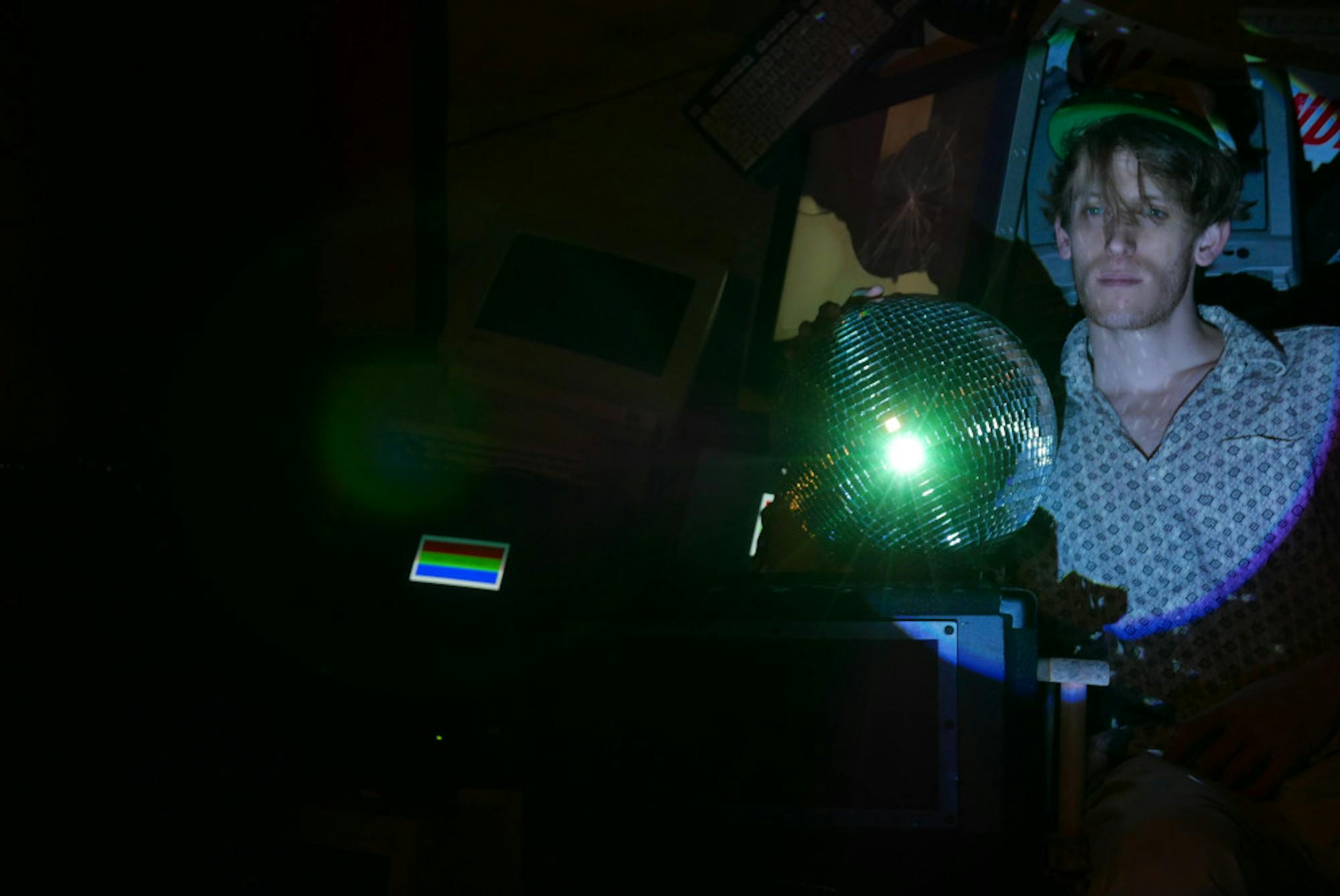Parker Heyl is a senior majoring in mechanical engineering and minoring in musical engineering who will attend the Royal College of Art’s Information Experience Design program in London next year. The North Haven, Conn. native's unique interests involve the intersection of fine arts, kinetic sculpture, mechanical engineering, robotics and musical technology.
Heyl's artistic work ranges from kinetic sculptures to music events to site-specific art installations. He described the creative process that goes into his visual art.
“The art usually starts as an observation of nature, or something I see in class," he said. "I study how something looks and moves and then try to recreate it in sculpture."
Heyl’s work rejects the notion that technology and art are separate disciplines, ultimately illustrating how technology can represent nature in interesting ways.
“When I see something in nature, I'm aware of what man-made methods I can use to recreate it: the 'it' being anything that is especially pleasing to the eye," Heyl said. "The inspiration from nature is often physics - oscillation, vibration, analog sound, mechanical linkages ... With live music events, the natural part is location. Inspiration for parties comes from found spaces, or converting an unused space - adding lighting, sound and artwork.”
Heyl feels that the objectives and themes of his artwork vary from those of many of his peers at Tufts, as his art deals with nature more than political or social commentary.
“The art at Tufts is mostly politically charged," Heyl said. "People often try to take away more things from my work than was intended."
In contrast, Heyl believes that the beauty of artwork can "stand for itself."
"I think we too often intellectualize the art. People are meant to find their own meaning ... The more room you leave for other people to feel things out, the better, and the more universal it is," he said. "You want art to be transcendent and universally touch people."
Although Heyl has had many professors who supported his work at Tufts, he found the structure of the engineering program to be limiting. The notion that art and technology are totally separate and cannot comment on one another is part of the reason why the integration of these two disciplines has been difficult for him to pursue in an academic setting.
“Tufts can be a stifling environment. Most of the spaces I have found to be experimental are outside the university, both in funding and in location," he said.
Heyl mentioned a couple of professors who do allow their students to pursue more independent projects: Chris Rodgers, department chair of mechanical engineering, and Paul Lehrman, lecturer of music and multimedia Arts.
"We learn best when we choose the work and care about it," he said. "The mechanical engineering curriculum is too structured. The Department Chair Chris Rodgers knows this, and I give him my full support in changing that culture.”
One of his works, “Anatomic Puppet” (2016), is a puppet that models the human hand's anatomy. While this work is highly technical, it also exudes a playfulness, balancing aesthetics and technicality.
Much of Heyl's work seem to excel in that it is able to take these engineering concepts and explain them through art, but it also uses these concepts to create something beautiful.
Senior Profile: Parker Heyl merges technology and nature through art

Senior Parker Heyl poses for a portrait in the basement of his off-campus house on May 13.





